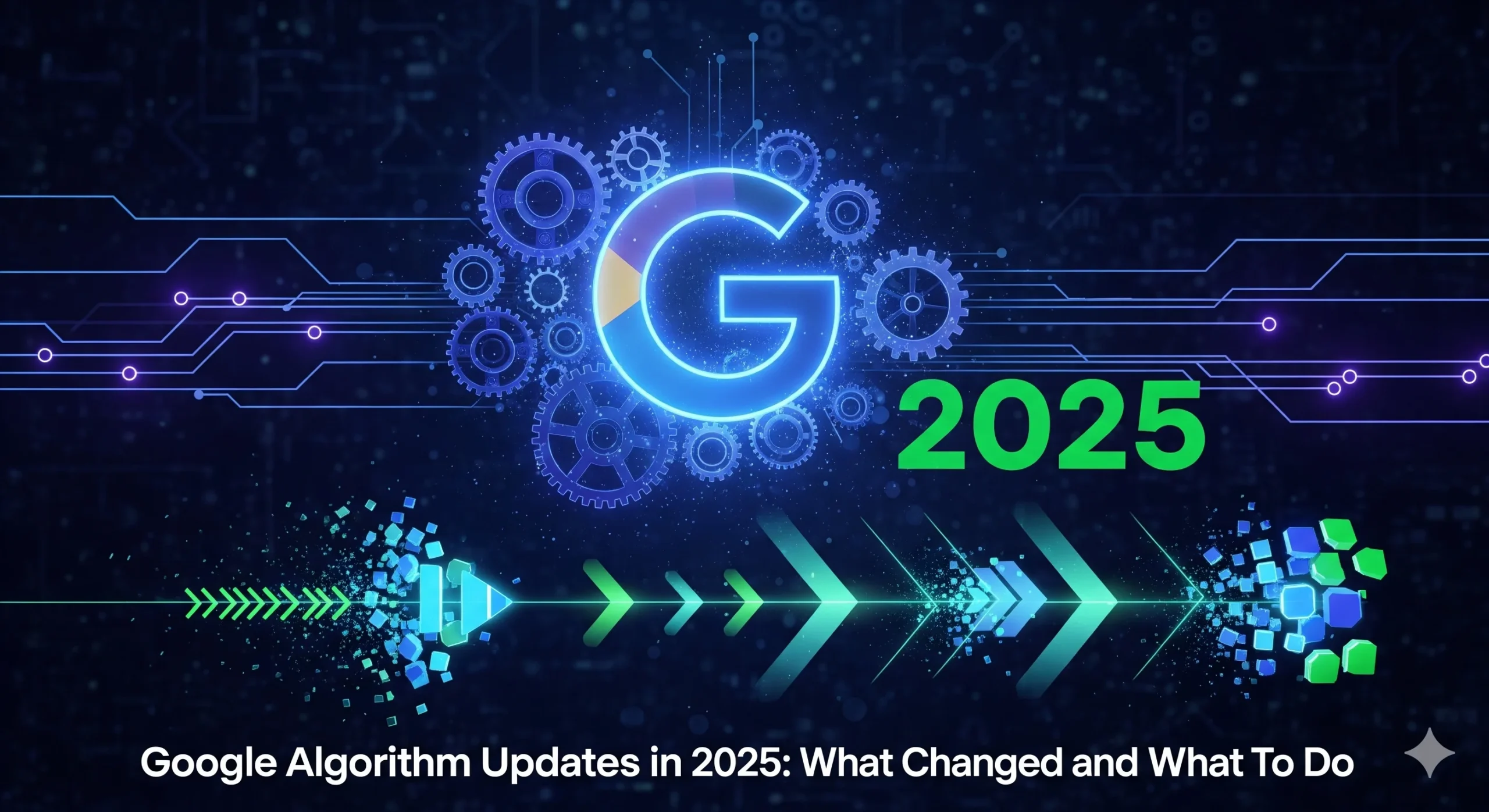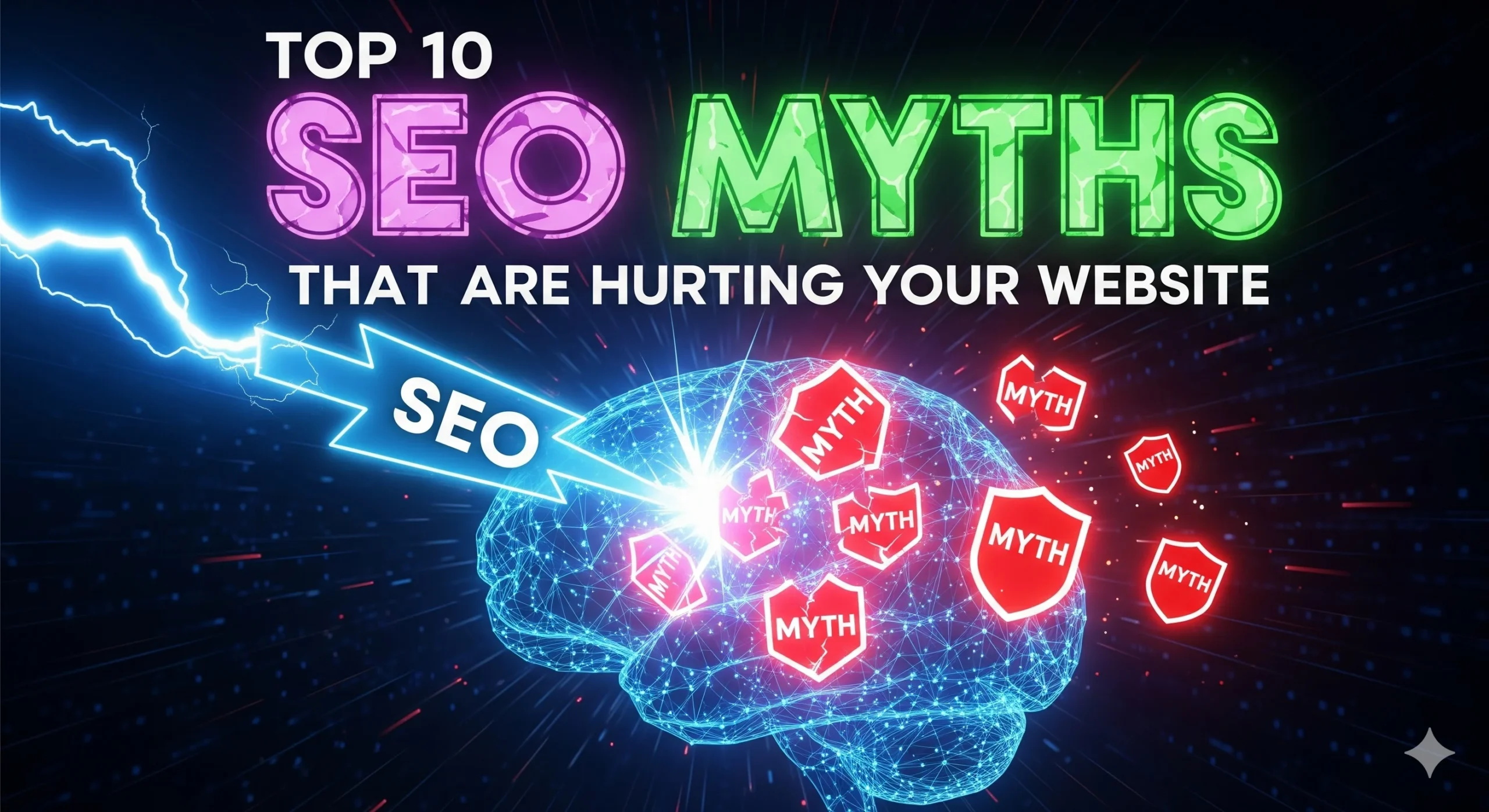Mid-sized businesses can’t rely on basic SEO anymore. With AI-powered search and user experience becoming paramount, it’s time to adopt advanced SEO techniques that boost visibility — for both search engines and generative AI platforms.
Table of Contents
-
Why Basic SEO Isn’t Enough
-
Core Technical SEO for WordPress
-
Advanced Strategies: AEO, GEO & Entity SEO
-
On‑Page Techniques That Matter
-
Content Strategy & Link Building
-
Measuring SEO & Analytics
-
Future Trends: Voice, Visual & Privacy
-
Wrapping Up & Next Steps
1 | Why Basic SEO Isn’t Enough in 2025
Traditional SEO tactics like keyword stuffing or meta tweaks are hit their ceiling. Today’s search engines and AI models prioritize user intent, expertise (E‑E‑A‑T), and authoritative content. AI-driven Answer Engine Optimization (AEO) and Generative Engine Optimization (GEO) now play a central role as they shape how AI tools pick and cite responses.
2 | Core Technical SEO for WordPress
Speed & Core Web Vitals
Ensure your theme and plugins are lean—tools like GeneratePress and Astra excel here. Use lazy loading, WebP/AVIF images, and server-side caching/CDNs (e.g., Cloudflare) to hit LCP <2.5 s, INP <200 ms, CLS <0.1.
Mobile‑First & Site Structure
Use responsive themes, simplify navigation, and avoid intrusive pop‑ups. Configure clean permalinks (/post-name/) and files like robots.txt and sitemaps properly.
Schema & Structured Data
Add JSON‑LD schema for FAQ, articles, products, etc. It’s required now to influence AI and SERP features. SEO plugins like Yoast or Rank Math handle this well.
3 | Advanced Strategies: AEO, GEO & Entity SEO
AEO: Answer Engine Optimization
Craft content in conversational Q&A style. Format answers with bullet lists and clear headings so that AI tools can extract them as direct answers.
GEO: Generative Engine Optimization
Create rich, multi-perspective content and metadata (like llms.txt) designed for AI-powered systems to cite your site as a reference.
Entity-Based SEO & E‑E‑A‑T
Be recognized as an authoritative entity. Maintain accurate brand and author profiles (e.g. in Knowledge Graphs), showcase credentials, and provide unique original insights or data.
4 | On‑Page Techniques That Matter
-
Keyword Intent Mapping: Match content types—guides, comparisons, how‑tos—to user intent.
-
Semantic Keywords / LSI: Use related terms naturally throughout content to clarify context.
-
Headings for Snippets: Use H2/H3 formatting for FAQs, lists, and tables to increase featured snippet chances.
-
Meta Optimization: Titles under 60 characters with primary keywords early; meta descriptions under 160 characters that compel clicks.
-
Image SEO: Rename files descriptively, compress with ShortPixel or Smush, and add alt text—preferably in WebP format.
-
Internal Linking: Use descriptive anchor text linking related posts to reinforce topical relevance and reduce orphan pages.
5 | Content Strategy & Link Building
10× Content & Topic Clusters
Create long-form content (1,500+ words) and group related posts in silos. This builds authority and supports internal linking for improved crawl depth.
Update Existing Content
Refresh older posts with current data, visuals, and rewritten sections to match intent shifts observed in Google’s algorithm updates.
Digital PR & Backlinks
Produce data-driven content or guides that attract coverage and links. Use outreach and infographics to earn high-quality backlinks from trusted sources Zeblogs |Belov Digital AgencyMedia Search Group.
6 | Measuring SEO Success
- Track KPIs including organic rankings, traffic, CTR, dwell time, and conversion paths using Google Analytics and GSC.
-
Conduct SEO A/B testing on titles or page elements to optimize engagement and conversion flows.
Use attribution modeling and assisted conversion tracking to understand SEO’s full impact.
7 | Future‑Proofing SEO for Voice, Visual & Privacy
-
Voice Search: Optimize FAQ content with conversational long-tail phrases for voice assistants.
-
Visual Search: Use rich alt text and high-quality images—prefer WebP/AVIF to ensure discoverability in image-based queries.
-
Privacy‑First SEO: Use HTTPS, comply with GDPR, and be transparent about cookies and data use.
8 | Conclusion & Next Steps
SEO in 2025 means combining traditional optimization, AI-readiness, and user-first experience design. Don’t just chase rankings—become the authoritative answer engine resource. Start by auditing your site, building AEO-friendly content, refreshing outdated articles, and improving technical performance.
👉 Want help? We recommend choosing reputable plugins (Yoast SEO, Rank Math) and lightweight themes, then layering advanced AEO/GEO content strategies.
Quick WordPress SEO Checklist
-
Responsive, SEO-optimized theme
-
WP plugin like Yoast or Rank Math
-
Permalinks
/post-name/and HTTPS enabled -
Schema markup (FAQ, Article, LocalBusiness)
-
Core Web Vitals optimized
-
Structured Q&A content for AEO
-
Long-form clustering content with internal links
-
Regular content refreshes
-
Backlink strategy via digital PR & outreach
For hands‑on support or a site audit, feel free to reach out—we’d love to help you lead in AI‑first search!




